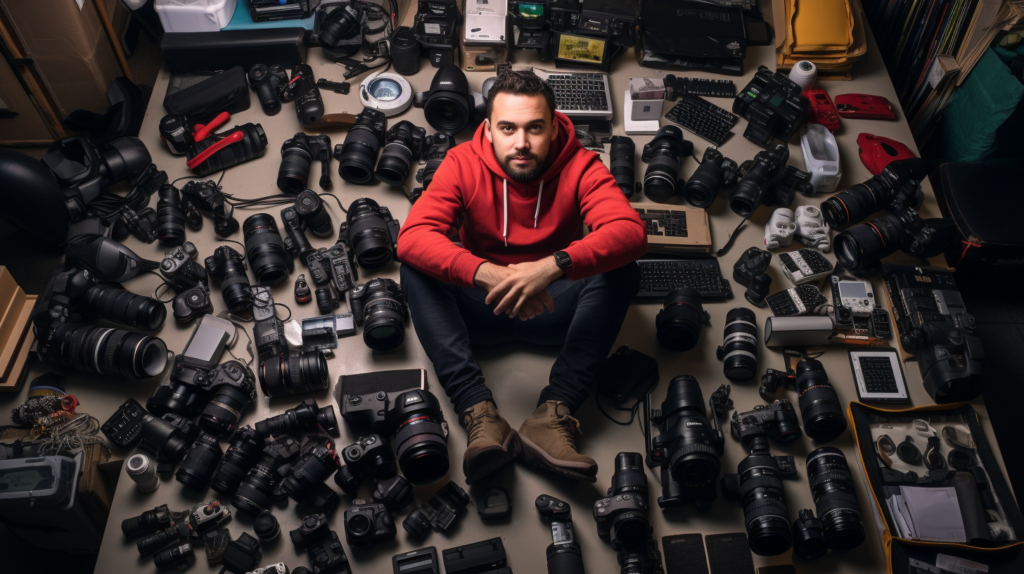How to Grow Your Photography Business: A Comprehensive Guide
For photography enthusiasts, turning their passion into a thriving business is an exciting prospect. However, achieving this goal requires more than just capturing stunning images. It involves a combination of strategic planning, effective marketing, and continuous improvement. In this comprehensive guide, we’ll explore the essential steps to grow your photography business and help you turn […]
How to Grow Your Photography Business: A Comprehensive Guide Read More »







